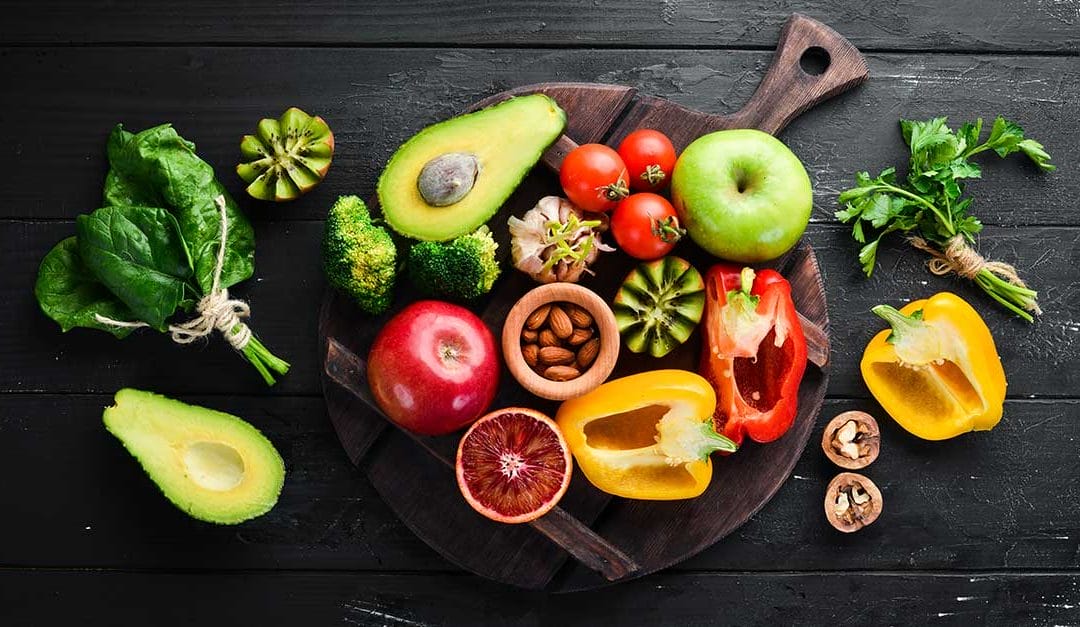Why Dietary Fiber Is Important—And Where To Find It
What Is Dietary Fiber?
Sometimes called roughage or bulk, dietary fiber is defined as the parts of plant foods that your body can’t digest or absorb. Fiber completes its journey through the body relatively intact, although that doesn’t mean it isn’t doing you any good. On the contrary, dietary fiber is an essential part of a healthy diet.
Why Does The Body Need Dietary Fiber?
There are two main types of dietary fiber: soluble and insoluble. Insoluble dietary fiber is a key contributor when it comes to moving food through the digestive system. How? By acting sort of like a sponge, fiber absorbs fluids to add weight and size to your bowel movements. By doing this, fiber helps prevent, as well as relieve, constipation. Soluble dietary fiber also helps lower your cholesterol and regulate your blood sugar levels.
But that’s not all fiber does. What are known as prebiotic dietary fibers work to support digestive health, such as by acting as carbon sources for primary and secondary fermentation pathways in the colon.
What’s more, research indicates that increasing your dietary fiber intake reduces your risk of dying from cardiovascular disease and all cancers.
Where To Find Dietary Fiber
All that being said, it’s crucial to keep up your fiber intake. How much is the right amount? Men need 30 to 38 grams per day, while women should get 21 to 25 grams.
Unprocessed fruits, vegetables, beans, and grains are your prime sources for dietary fiber—meats and dairy contain none. But the more processing involved, the less fiber for your body. Consider this example: One cup of orange sections boasts 4.3 grams of dietary fiber, while a cup of typical orange juice has only .5 grams.
According to the USDA database, some of the top fruits for fiber content include apples (providing 4.5 grams), pears (delivering 5.5 grams), and raspberries contributing a surprisingly high 8 grams per cup.
The fiber heavyweights in the vegetable arena include turnip greens and broccoli both offering 5 grams of fiber, and green peas taking the crown with an impressive 9 grams (all one cup, boiled).
In the grains category, your best bets for fiber include quinoa (5 grams per cup each), bran flakes (5.5 per cup), and whole wheat spaghetti (6 grams per cup). Other noteworthy items include oat bran muffins (5 grams), instant oatmeal (5 grams per cup), and air-popped popcorn (3.5 grams per cup).
But legumes and seeds provide the most fiber-bang-per-buck, with both a cup of baked beans and an ounce of chia seeds containing 10 grams, black beans and lentils both coming in with at least 15 grams per cup, and split peas topping all lists with 16 grams per cup—meaning they’re your best fiber source.
Unless, of course, you’d eat an entire cup of chia seeds, which we don’t recommend. Excessive consumption of dietary fiber—more than 70 grams per day—can lead to bloating, gas, and, believe it or not, constipation. But the reality is that the average American consumes a paltry 15 grams per day, well under the recommended intake of dietary fiber.
Whether you want more fiber, fewer carbs, or any other change to your diet, The Pickled Beet can help. In the Miami area, look to us for healthy meals custom-prepared with the freshest ingredients. We work with individuals, couples, and families to find meals that are tasty, nutritious, and best fuel the body no matter what dietary requirements might be part of the equation. Contact us for a free consultation.


